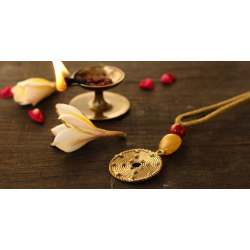आराधना | Aradhana ✺ Brass Necklace { 10 }
- Availability: 5
- Made & Mkt by: Miharu
- Product Code: 4000-MDJ-10
- Weight: 30.00g
- Dimensions: 34.50cm x 0.00cm x 0.00cm
Rs.848
These Exquisite pieces are a result of mixing several craft forms from the state of Orissa. Age old techniques with a lot of fun sprinkled over it, they would either jell with your wardrobe or brighten it up… to be worn with formals or casuals and with confidence.
The typical dispatch time is 2-3 days; however, in special cases, it may take longer. Please refer to the product details section for specific timelines. Once dispatched, we will share the tracking details with you.
For returns, you can file a request within 24 hours of receiving the product. If the package is damaged, please make a video while unboxing and share images of the damaged item along with your return request.

The original inhabitants of the land, their imagination uninfluenced by any norms, they depend on nature for any inspiration. They carry forward a legacy of rich and distinct cultural traits and display a fascinating profile of ethnic diversity.
The art of dressing up, decorating their bodies and hairs is something both men and women of Orissa cherish indulging in. Women use different types of hair pins and wear ear rings, nose rings and finger rings made with coins. They wear bangles made of brass. Some of the commonly used ornaments are Hair clip (Khosa Dang), Nose ring (Dandi), Black Necklace (Taitul), Red Necklace (Bandara), Long Necklace made with Ghunguru (Bid/Gagara) etc.
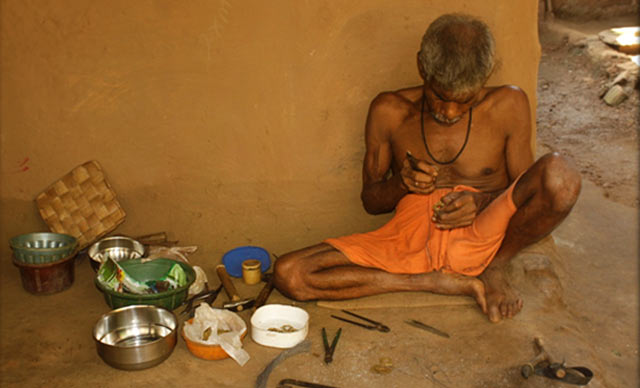
Apart from other metals brass is a favorite among tribes, they make different type of pattern and brads using Dhokra, which is non–ferrous metal casting using the lost-wax casting technique. The bell metal or Dhokra technique is one of the earliest known methods of metal casting. The craft dates back to pre-historic times of Mohenjo-Daro and Harappa civilizations. Dhokra/Bell metal is an alloy of nickel, brass and zinc that lends an antique appeal to casting. One of the earliest known lost wax artifacts is the dancing girl of Mohenjo-Daro.

The ‘Dhokra Damar’ are the traditional metal smiths of West Bengal and the tribe extends to Jharkhand and Orissa as well. Their technique of lost wax casting is named after their tribe, hence Dhokra metal casting. A few hundred years ago the Dhokras of Central and Eastern India traveled south as far as Kerala and north as far as Rajasthan and hence are now found all over India.

With time, the available raw material changed in its form. Earlier every small and larger part was cast separately and then worked further upon, now the metal is available in the form of wires of different diameters and sheets. Odiya names of the beads according to their sizes are Kanthi, sorisia and khuda sorisia. The process can be divided into three main parts; first they make basic shapes cut out from sheets or by metal casting. Then the two metal pieces are stuck together with the help of heat. All such individual pieces are strung together in cotton or silk braided strings to complete the piece.

Design Intervention workshops in Bhubanseshwar with focus on bringing about new design ideas in Dokhra and metal beads are being conducted by organizations like Zola. Seven women artisans from a village called Karimul in Orissa worked with brass, copper, white metal, Dokhra motifs, Langia Soura tribal art, Kutia and Koya combs of the Kutia Kondh and Koya tribe respectively to make this collection of Jewelry.
| Craftsmen | |
| Made by | Artisans working with Miharu |
| City | Bhubanseshwar, Orissa |
| Returns and Exchange | |
| Note | Imperfections and variations in the product cannot be termed as defects, as these are intrinsic to the handmade process. |
| Material | |
| Made of | A necklace of brass hand woven with thread. |
| Restrictions | |
| COD - Option | Not Available |
The East India Company imported raw cotton from India while they dumped the local Indian market with inferior machine-made cloth. This led to a great ..
Rs.450
Man, an eternal traveler has traversed landscapes... on foot, on his rides, on flights in search of better lands, wealth and at times merely for wande..
Rs.2,410
On a winter afternoon in the Himalayas, whether it is the foothills of Uttarakhand or the sublime vallies in the mighty ranges of Ladakh or Nepal, a t..
Rs.1,350
On a winter afternoon in the Himalayas, whether it is the foothills of Uttarakhand or the sublime vallies in the mighty ranges of Ladakh or Nepal, a t..
Rs.1,350
On a winter afternoon in the Himalayas, whether it is the foothills of Uttarakhand or the sublime vallies in the mighty ranges of Ladakh or Nepal, a t..
Rs.1,350
On a winter afternoon in the Himalayas, whether it is the foothills of Uttarakhand or the sublime vallies in the mighty ranges of Ladakh or Nepal, a t..
Rs.1,450
On a winter afternoon in the Himalayas, whether it is the foothills of Uttarakhand or the sublime vallies in the mighty ranges of Ladakh or Nepal, a t..
Rs.1,350
Phad PaintingIn the heart of Rajasthan, where the golden sands meet the
azure skies, a vibrant tradition comes to life through the strokes of skilled..
Rs.40,936
SAMBALPURI is a term used for the IKATs made in western Orissa. The whole of Western Orissa was undivided and called Sambalpur in earlier ..
Rs.400
There are people who celebrate slow processes in this fast-growing world. In India, those people are celebrated as "artists,' the humans of art, craft..
Rs.3,600
Bagru, a town at the outskirts of Jaipur(Rajasthan) is oneof the textile hubs. It is known for centuries for its natural dying, syahibegar printing, i..
Rs.9,749 Rs.10,833
This contemporary collection comprises basket weaving traditions from different districts of Odisha- Mayurbhanj, Balasore located in Nother..
Rs.420
An adolescent girl is sitting on the porch of a neatly arranged hut, fiddling with glass beads and threads, making earnest effort to bring out a patte..
Rs.1,750 Rs.3,500
Long time ago, there was a king of Sindh, who like any other king, was fond of royal luxuries and used to sleep on a new bedspread everyday. One day, ..
Rs.340
Gathering commences in the middle of deserted pavilions where velvet carpets adorn the Dessert lands & Manganiyars play folk music as a bugle for ..
Rs.512 Rs.1,025
Gathering commences in the middle of deserted pavilions where velvet carpets adorn the Dessert lands & Manganiyars play folk music as a bugle for ..
Rs.512 Rs.1,025
Gathering commences in the middle of deserted pavilions where velvet carpets adorn the Dessert lands & Manganiyars play folk music as a bugle for ..
Rs.512 Rs.1,025
Gathering commences in the middle of deserted pavilions where velvet carpets adorn the Dessert lands & Manganiyars play folk music as a bugle for ..
Rs.512 Rs.1,025
A familiar chatter swells in the air as feet chase the trail of a carelessly flying odhani in the by-lanes of Bhuj, spilling colors all over. While&nb..
Rs.3,070 Rs.3,412
A familiar chatter swells in the air as feet chase the trail of a carelessly flying odhani in the by-lanes of Bhuj, spilling colors all over. While&nb..
Rs.9,310 Rs.10,345
A familiar chatter swells in the air as feet chase the trail of a carelessly flying odhani in the by-lanes of Bhuj, spilling colors all over. While&nb..
Rs.3,460 Rs.3,845
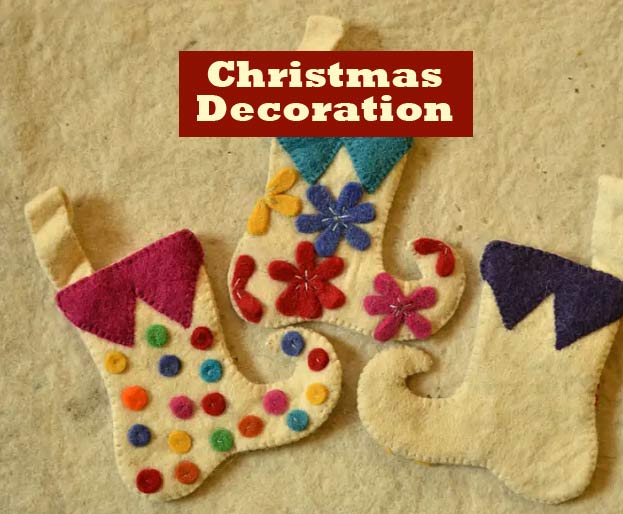









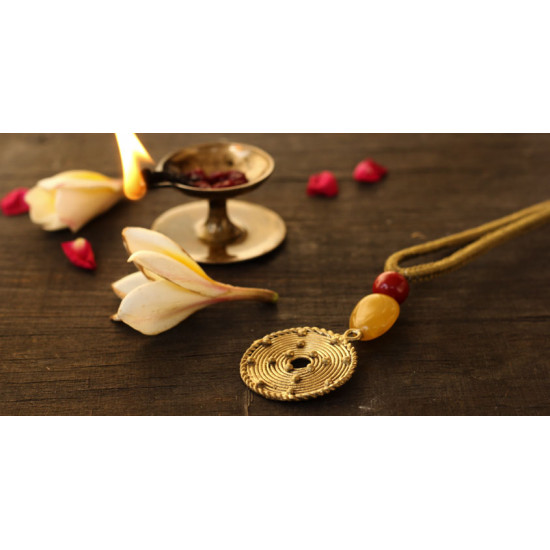

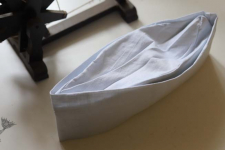
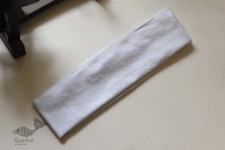
-225x150w.jpg)
-225x150w.jpg)
-225x150w.jpg)
-225x150w.jpg)
-225x150w.jpg)
-225x150w.jpg)
-225x150w.jpg)
-225x150w.jpg)
-225x150w.jpg)
-225x150w.jpg)
-225x150w.jpg)
-225x150w.jpg)
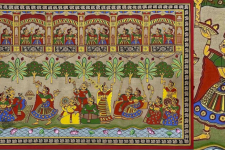
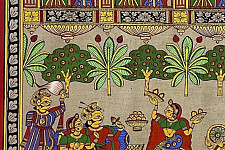
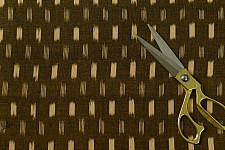
-225x150w.jpg)
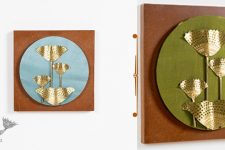
-225x150w.jpg)
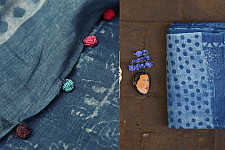
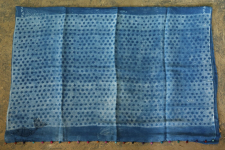
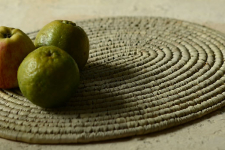
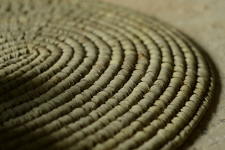
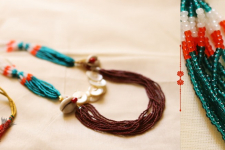
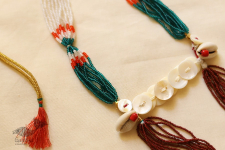
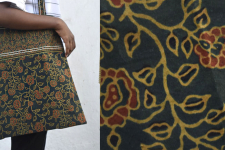
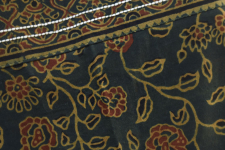









-225x150w.jpg)

-225x150w.jpg)

-225x150w.jpg)
